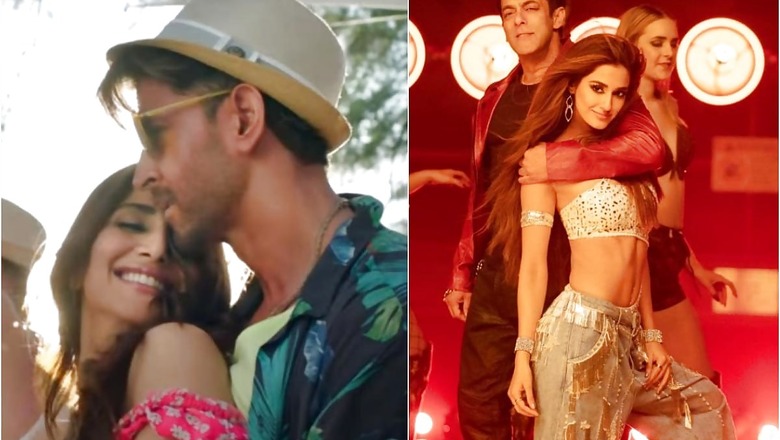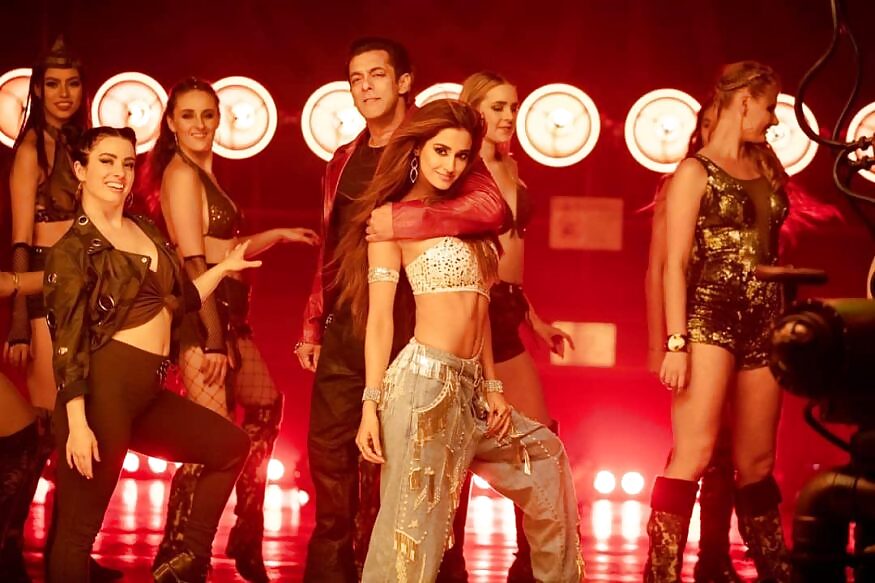
views
An older actor paired opposite a younger woman is quite normal in the film industries across India. Former Casting Director Atul Mongia puts it quite simply into words when asked about the normalisation of this often huge age difference between male and female actors in a commercial film. “It’s patriarchy,” he says, adding, “Women are objectified in commercial cinema. So, once they reach a certain age, or get married and have children, they don’t have enough appeal to them and they are no longer seen as women of desire.”
Is the film industry comfortable working within these traditional notions or contrary deliberations take place during the pre-production stage?
Mongia says, “In any film where the producer and director care about the character, these discussions do come up. Usually actors are cast closer to their character’s age. But a lot of the times older actors end up being cast for younger roles, because that name gets the project mounted. The producers and distributors are willing to put in that much money into it. A theatre is willing to give them so many screens. Even OTT platforms prefer bigger brand names. Sometimes you end up compromising a bit on the character’s age so that the film gets made. I don’t think the writer or director starts off by thinking of a 50-year-old man who will end up playing their 30-year-old character. But maybe they’ve been taking their scripts around for a few years and suddenly a name comes up who is a slightly bigger brand, who’s not the age of your character. Then it’s a call you have to take. To make a film with a person with the wrong age or not make it at all. Making films that don’t have a big brand name are difficult. In the industry, we have 30-40 such names on whom the films can be mounted. When you don’t have that, you don’t get a budget or even a producer. You don’t get a release. Things get difficult there.”

Is the age gap between co-stars really an issue as it is being made out to be in the light of recent films like Laxmii and Radhe: Your Most Wanted Bhai? Mongia says, “Certainly, it is problematic. It’s ageist and things need to change. There is a lot of pressure on women to keep looking younger, prettier and thinner. That is the only kind of women we show on social media. We do not want to normalise people who are not so thin or who are older. By making such films, we are telling women who are above forty that you don’t exist. Your stories don’t exist. Your pictures don’t exist on social media. You don’t have an identity because we are not representing you in our stories and films. Similarly, it is equally problematic to have 50 year-old men behaving like 16-year-old callous boys. These archetypes of commercial cinema characters have been going on for long and we are continuing to re-hash the same models and stories.”

A casting director’s role in turning around the age gap phenomenon? “We always try to suggest a fresh way of approaching or a different name for the project. But eventually it is the director’s or the producer’s call. Bigger the budget of the film, lesser the leeway to be innovative with the casting. In bigger budget projects, one usually needs to play by the rules,” Mongia concludes.
Read all the Latest News, Breaking News and Coronavirus News here. Follow us on Facebook, Twitter and Telegram.


















Comments
0 comment